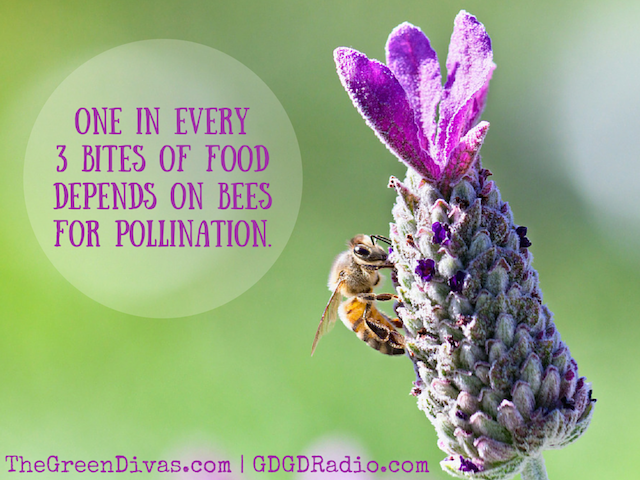
Bees are in the cross hairs again. Thanks to a new pesticide, Sulfoxaflor.
And what happens to bees, impacts all of us.
Listen to this GD myEARTH360 Report to learn more about sulfoxaflor… then continue on to take action and view the infographic that illustrates how the neonicotinoids class of pesticides harms bees, our food system and us.
Take action with EarthJustice!
One in every three bites of food depends on bees for pollination. Nearly one-third of all honeybees in the United States have died in the last few years.
The U.S. Department of Agriculture has warned that it’s no longer confident in our ability to “meet the pollination demands of U.S. agricultural crops.”
In an annual survey released on Wednesday by the Bee Informed Partnership, a consortium of universities and research laboratories, about 5,000 beekeepers reported losing 42.1 percent of their colonies in the 12-month period that ended in April. That is well above the 34.2 percent loss reported for the same period in 2013 and 2014, and it is the second-highest loss recorded since year-round surveys began in 2010.
Most striking, however, was that honeybee deaths spiked last summer, exceeding winter deaths for the first time.
~ New York Times | May 13, 2015
By taking action here you will be signing a letter that urges the EPA to deny Dow AgroScience’s application to expand the registration of the bee-killing pesticide sulfoxaflor so that it can be sprayed on corn, alfalfa, oats, and several significant and widely grown crops.
Earthjustice is representing the beekeeping industry writ large in the first case challenging the EPA’s approval of a known bee-killing pesticide, sulfoxaflor. We are arguing this case as the beekeeping industry across the country struggles for survival and faces the costly effects of pesticides on their businesses.
Sulfoxaflor is a new chemistry, and the first of a newly assigned sub-class of pesticides in the “neonicotinoid” class of pesticides, which scientists across the globe have linked as a potential factor to widespread and massive bee colony collapse.
~ via EarthJustice
[Click here for 15 plants that help bees.]

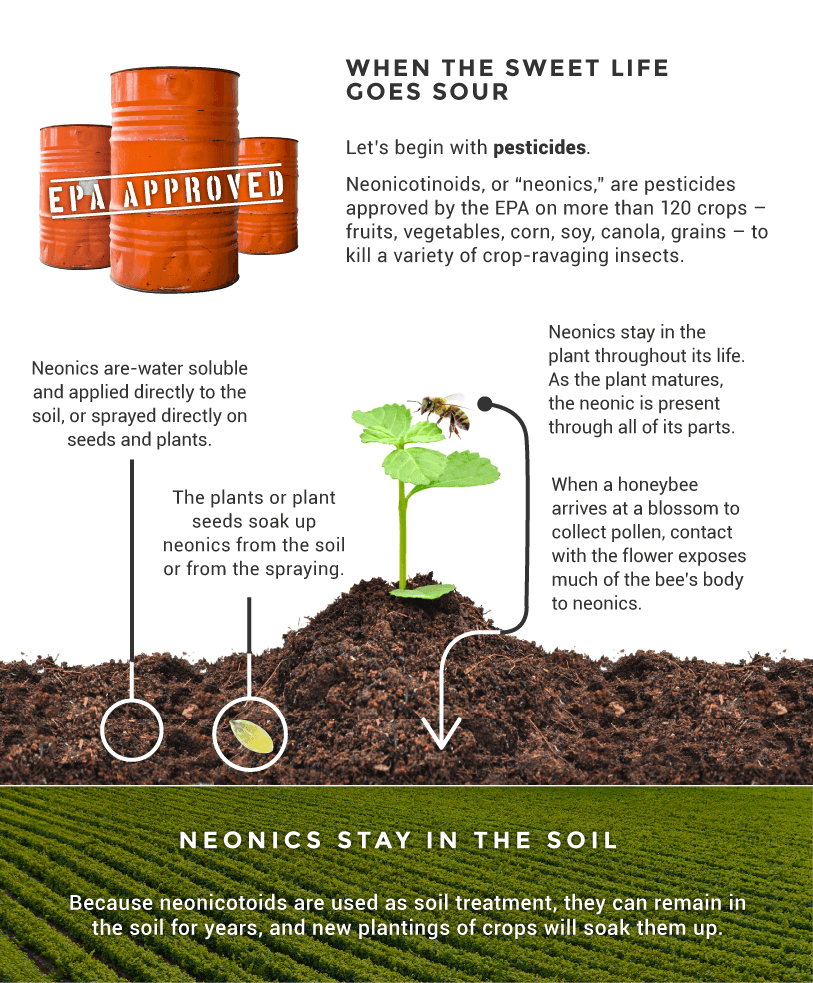
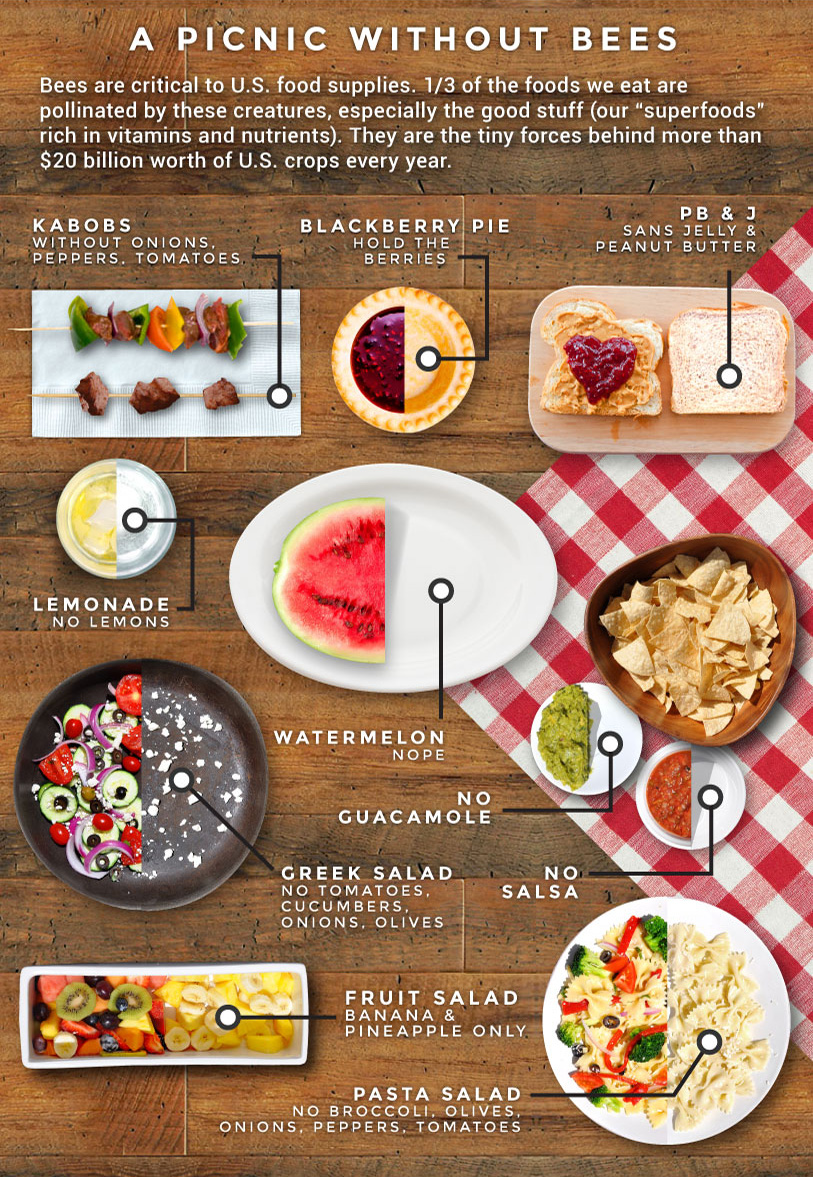
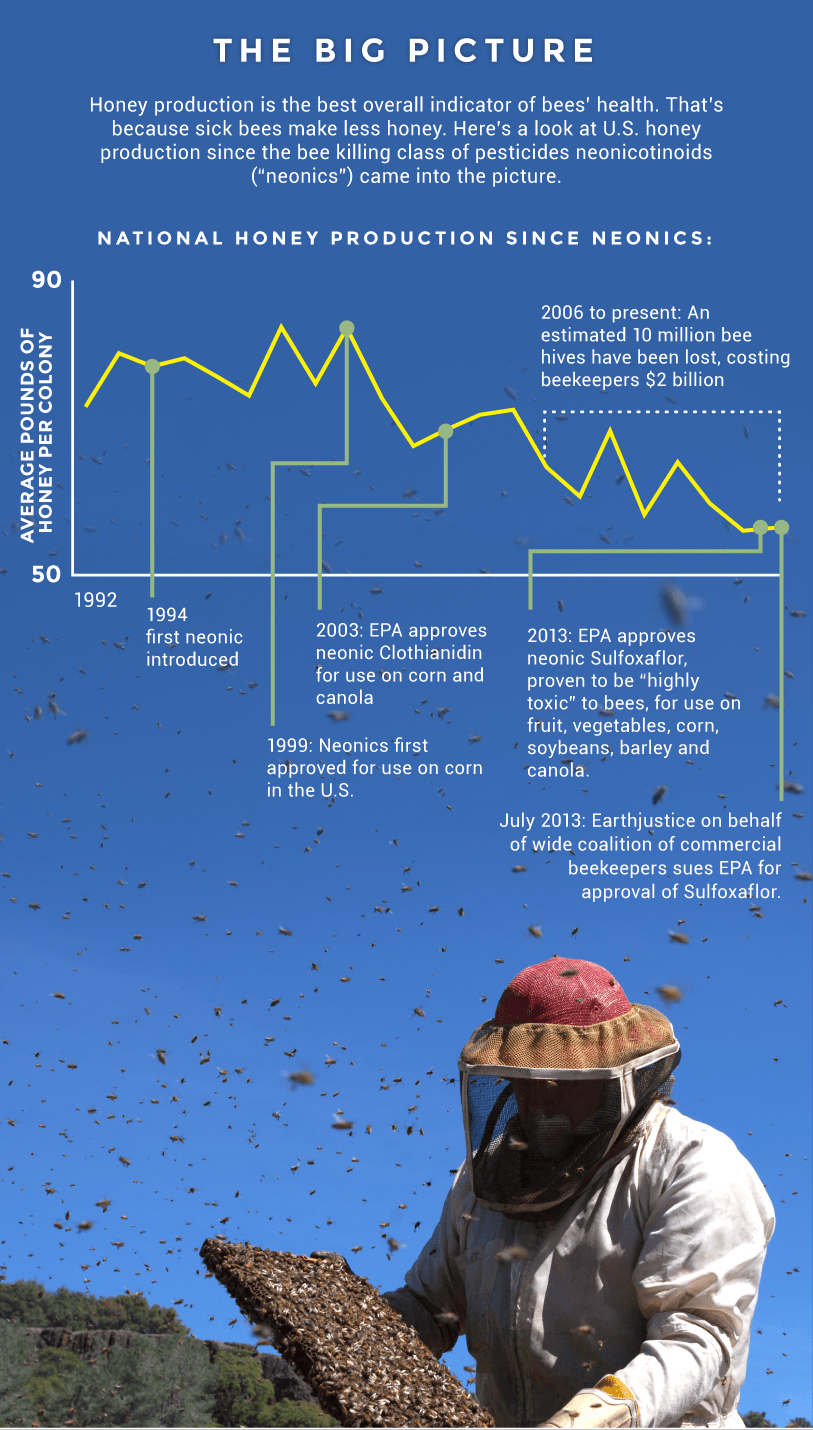
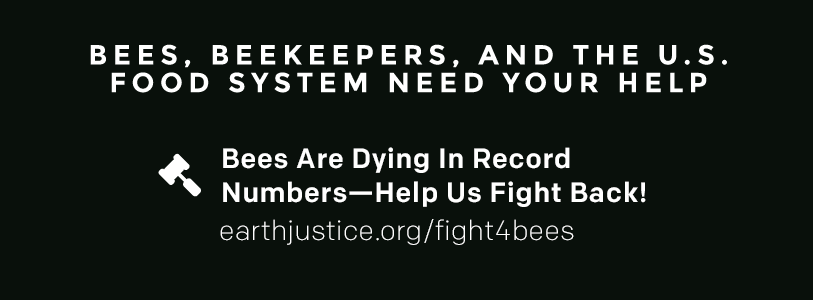
Bonus:
Listen to the latest Green Divas Show…
Tune in to The Green Divas Radio Show—and other green and healthy living podcasts—daily on GDGDRadio.com (or get the GDGD Radio app)!
image via shutterstock.com
[dynamic-sidebar id=’Custom Widget 2′]